Enter the surreal world of Yumzhana Suy, the Buryatian artist fusing activism and Buddhism


This article was produced as part of Russia Z’s Open Call scheme, which supports emerging writers, photograms and creatives from Russia. Click here for more information or to submit an idea for a project for consideration.
Buryatia, a highland Russian region bordering Mongolia, is a land where local Buddhist and Shaman traditions collide. It also provides inspiration for 18-year-old Yumzhana Suy, who uses the textile crafts she learnt from her grandmother to comment on ecology, feminism, political discomfort, and self-exploration.
Suy launched her brand, SUREALIA, when she was 16. “It started out as a second-hand shop, a form of eco-activism, but my vision and practice soon started to evolve to encompass feminism and Buddhism,” she says. Suy soon became an active member of the local eco-community Pora Delat (Time to Act) as well as a prolific Instagram activist, touching on toxic relations, mental health, feminism, and sustainability. “[At the time,] working with textiles really helped me to make sense of the change I’d been going through,” she says.
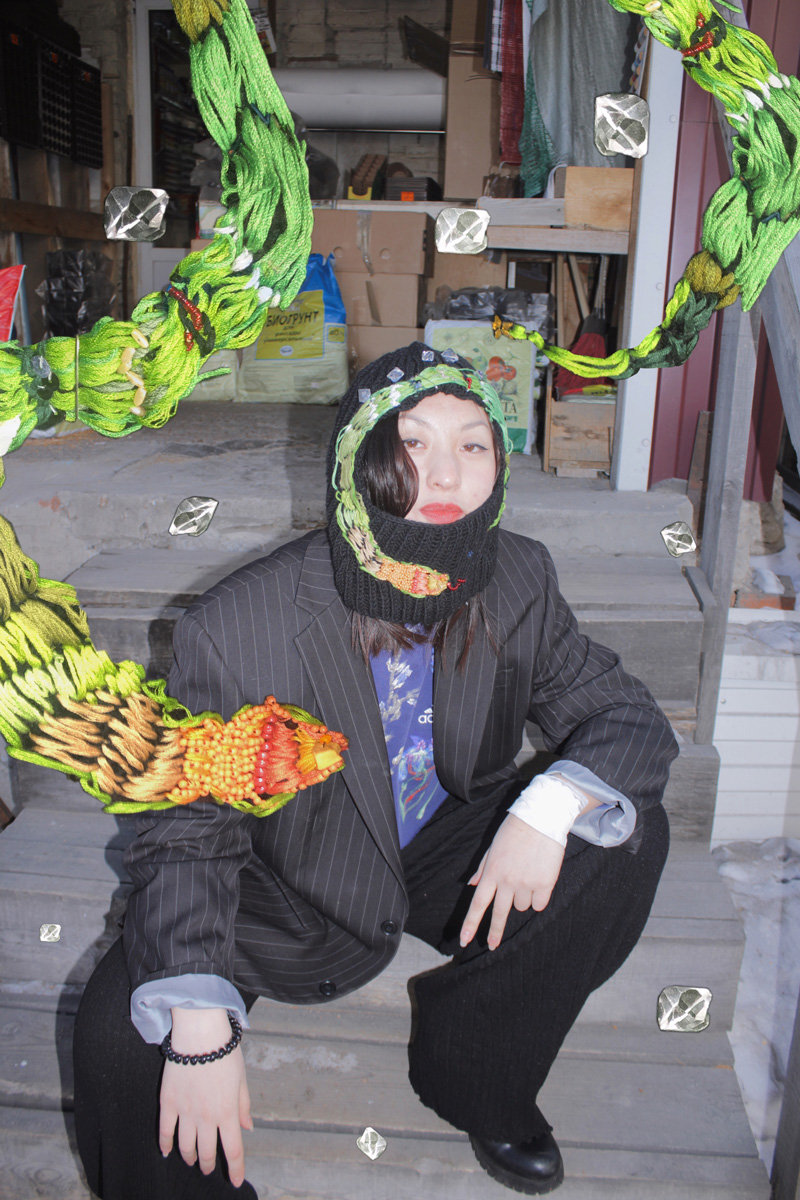
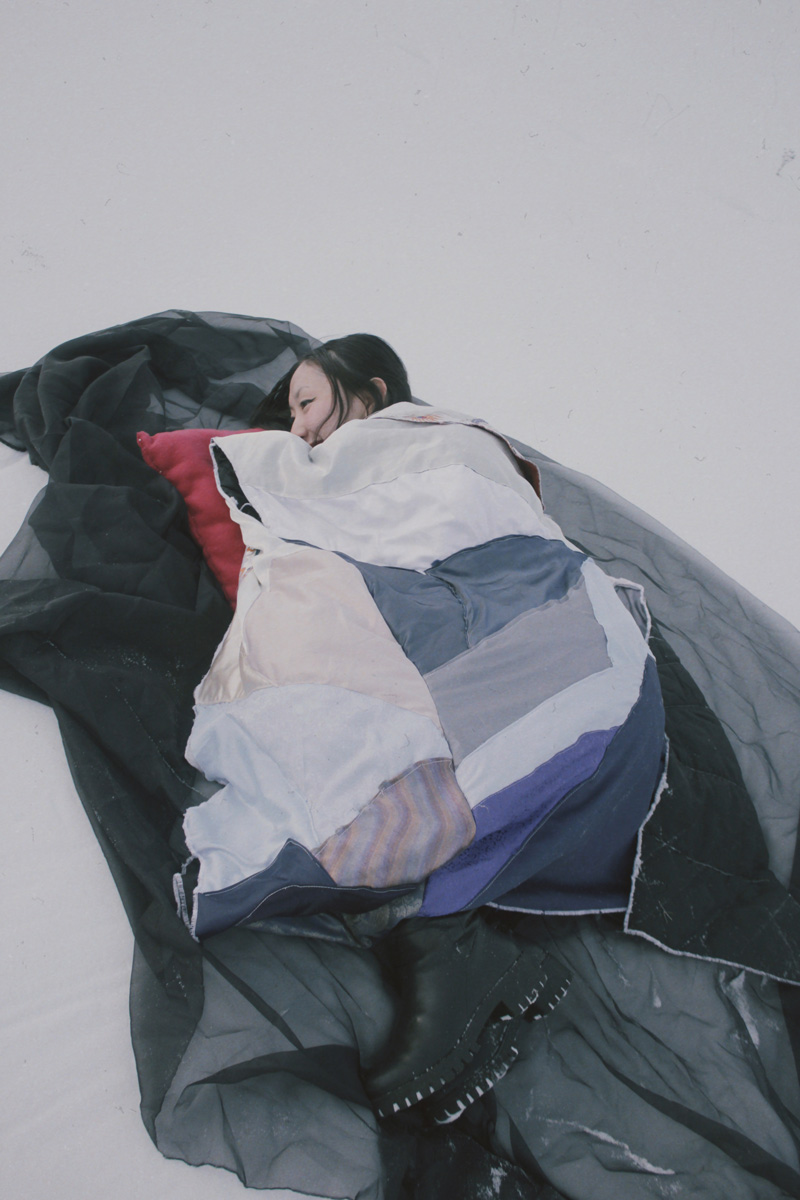
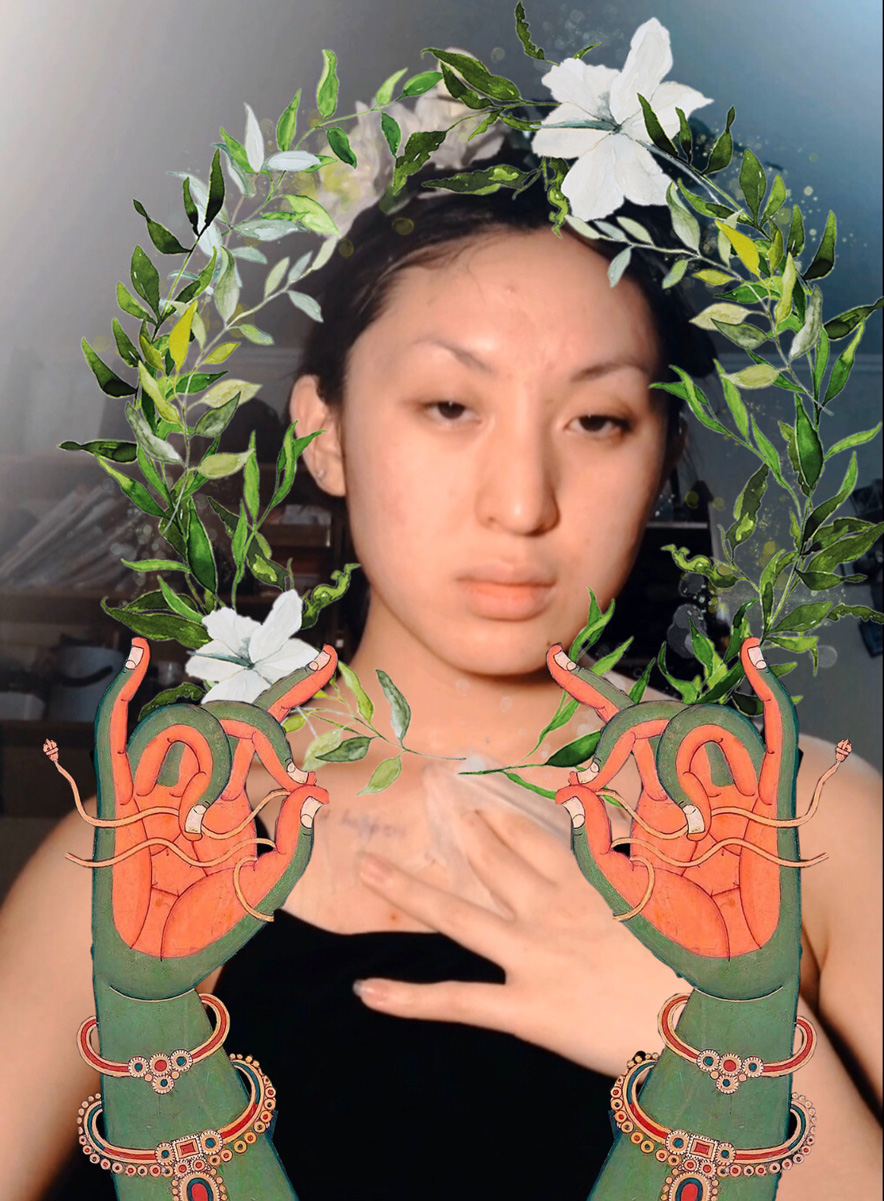
Upcycling is at the heart of Suy’s practice. Most of her materials are sourced through friends and family: multicolour threads from Suy’s grandmother, who used to weave tapestries, trinkets from her own childhood handicraft kits: beads, pearls, fake flowers, patches of traditional fabrics from friends. Although textile remains Suy’s main interest, she also works with oil and canvas, video collage, and papier-mâché.

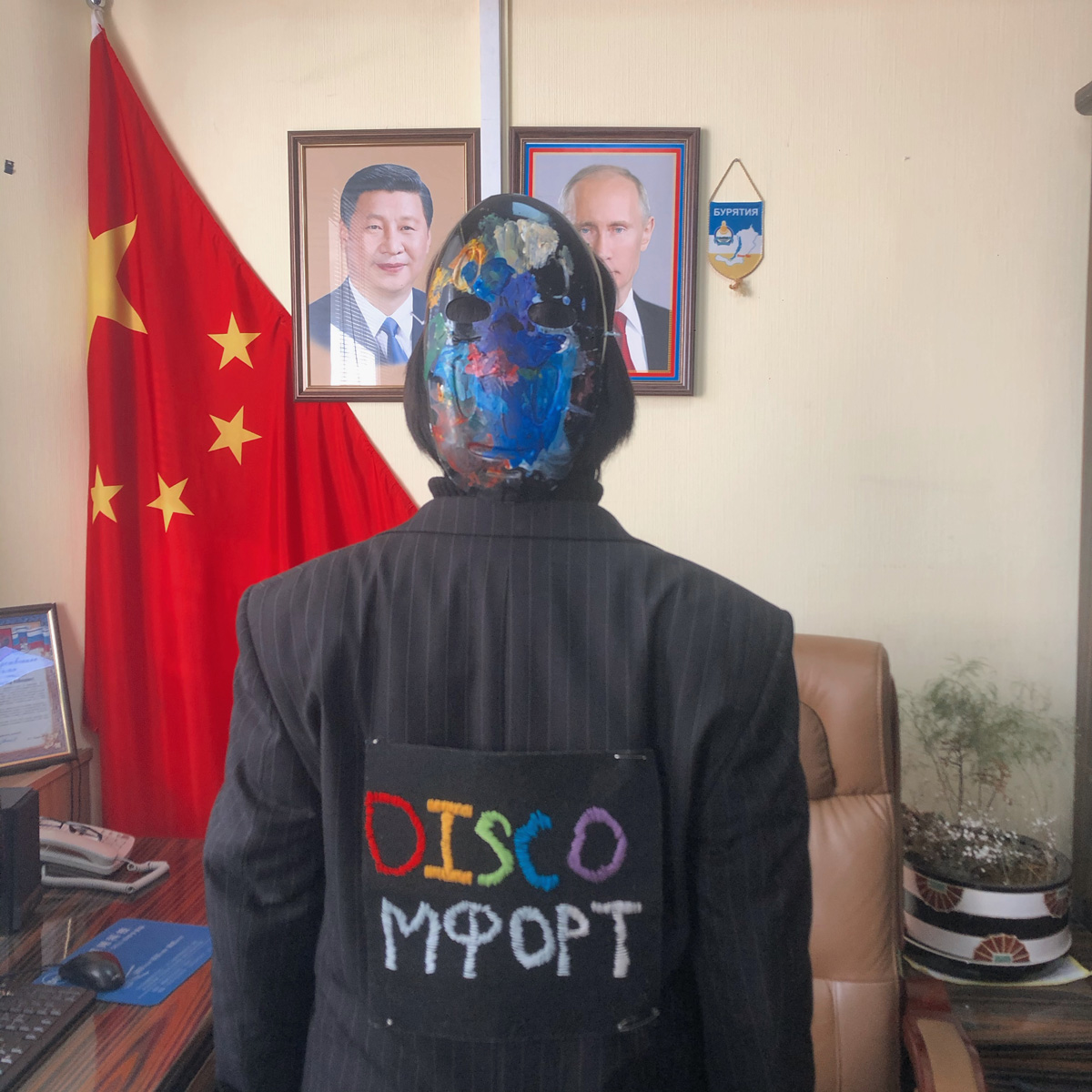
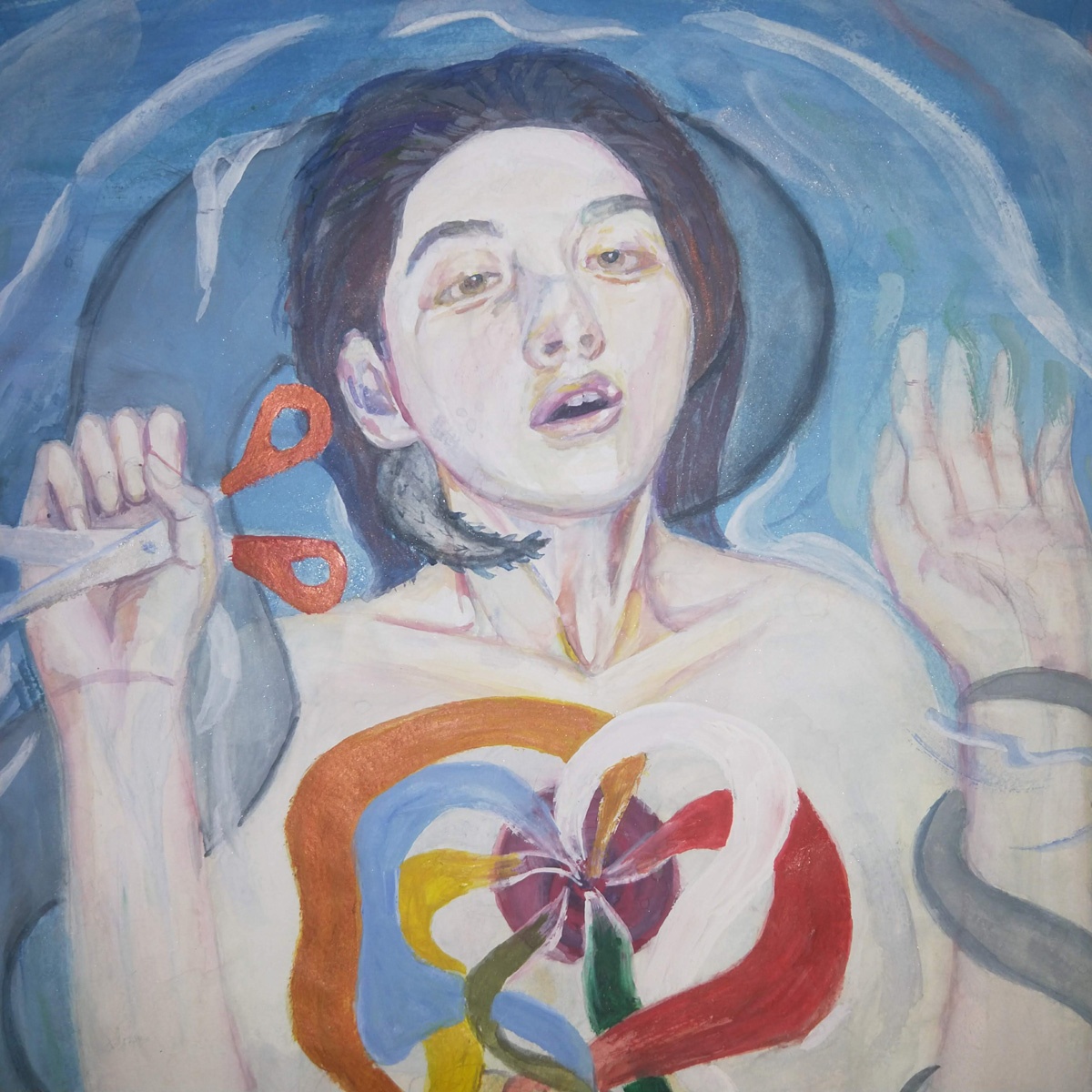
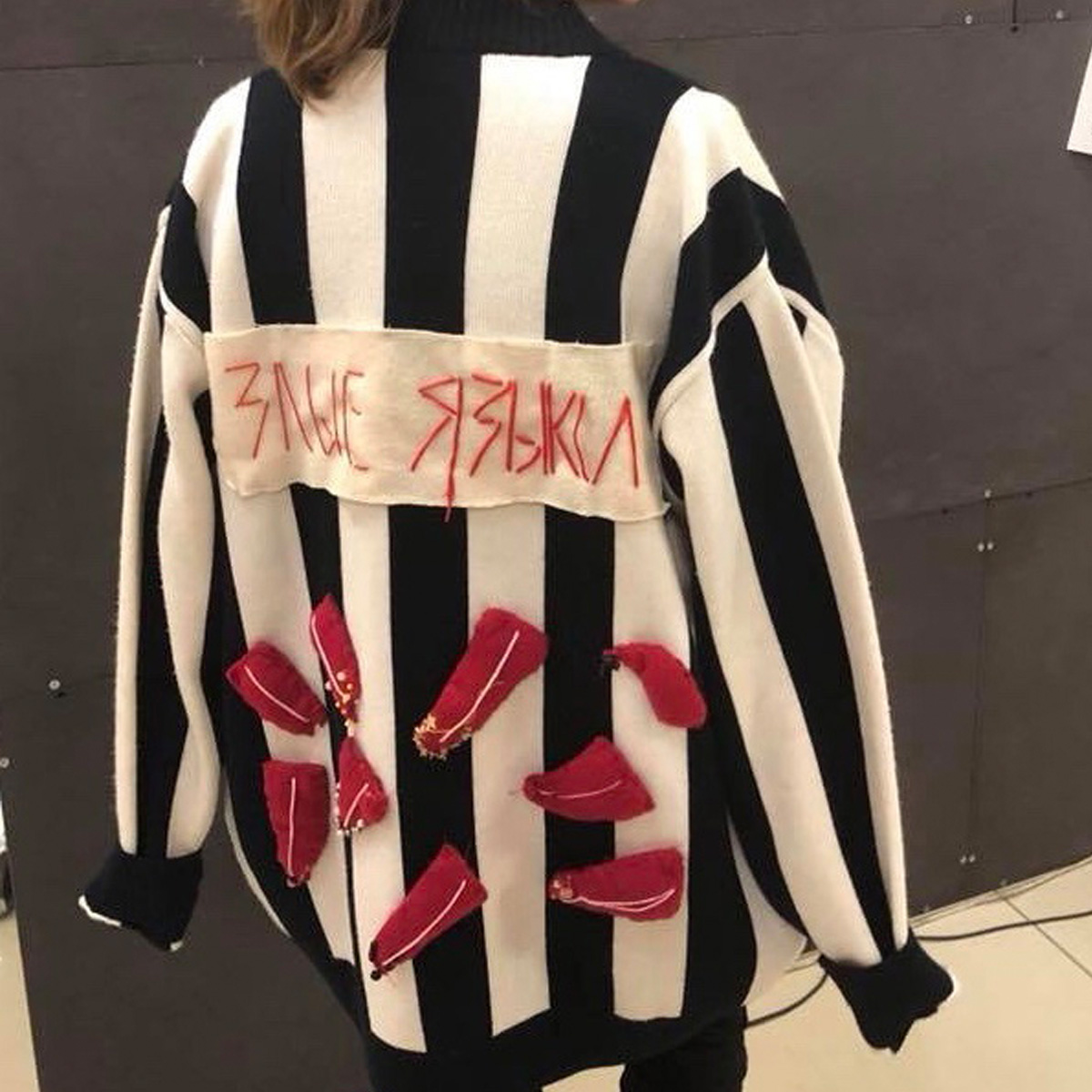
In many ways, it’s an approach which fits hand-in-hand with traditional Buratiyan culture — something Suy is also keen to embrace. “Buryatia is a world of its own. Our culture, language, and traditions are similar to those in Mongolia, yet no-one knows exactly where we came from. I’m proud and inspired to be part of such a mystery, although it’s a shame that a large part of our culture was lost in the Soviet era,” she says.
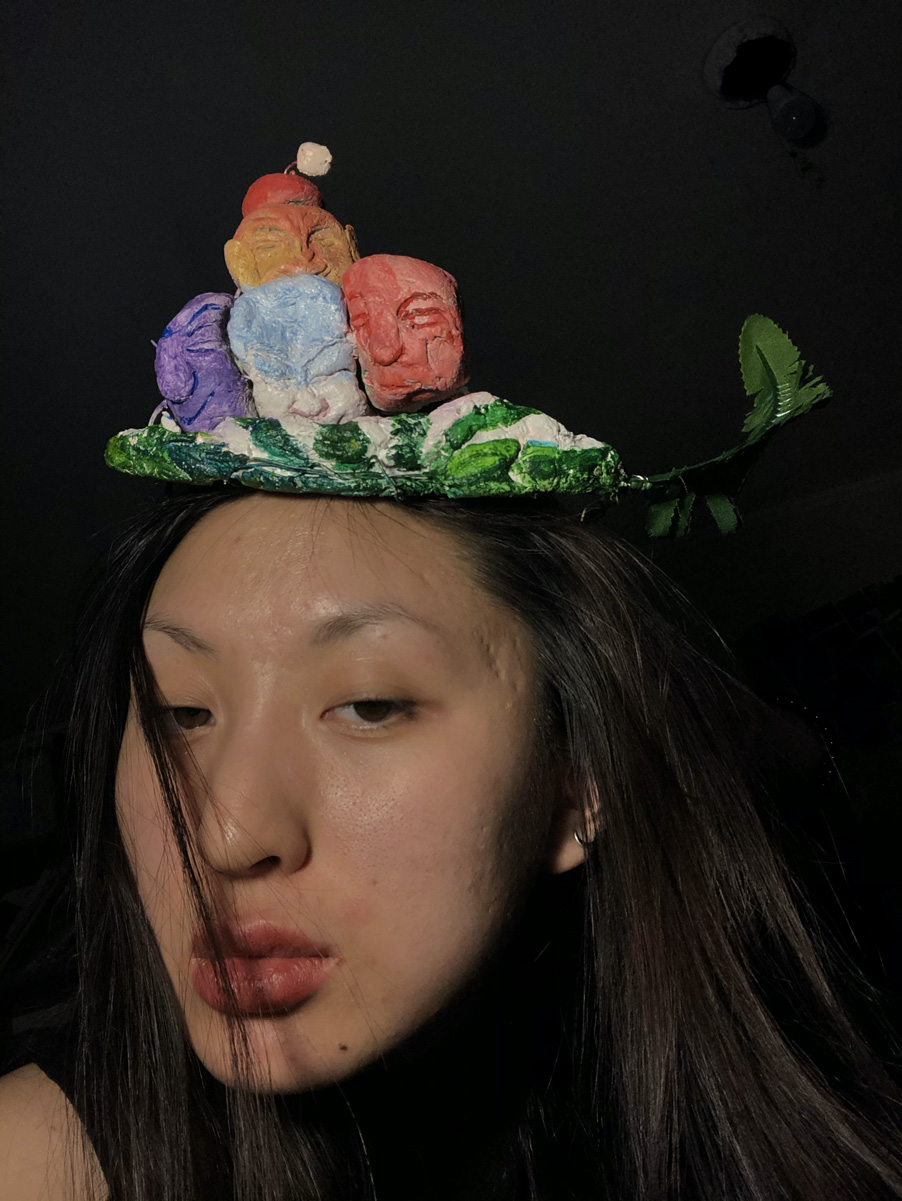
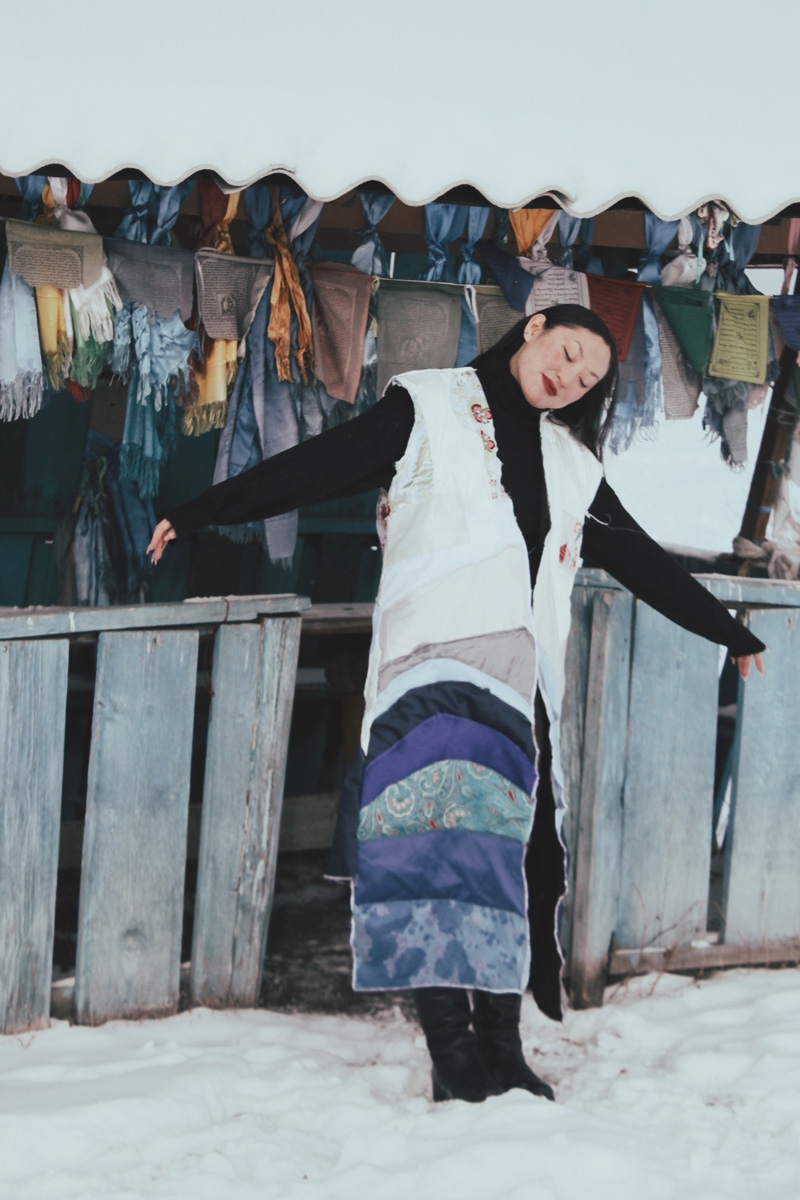
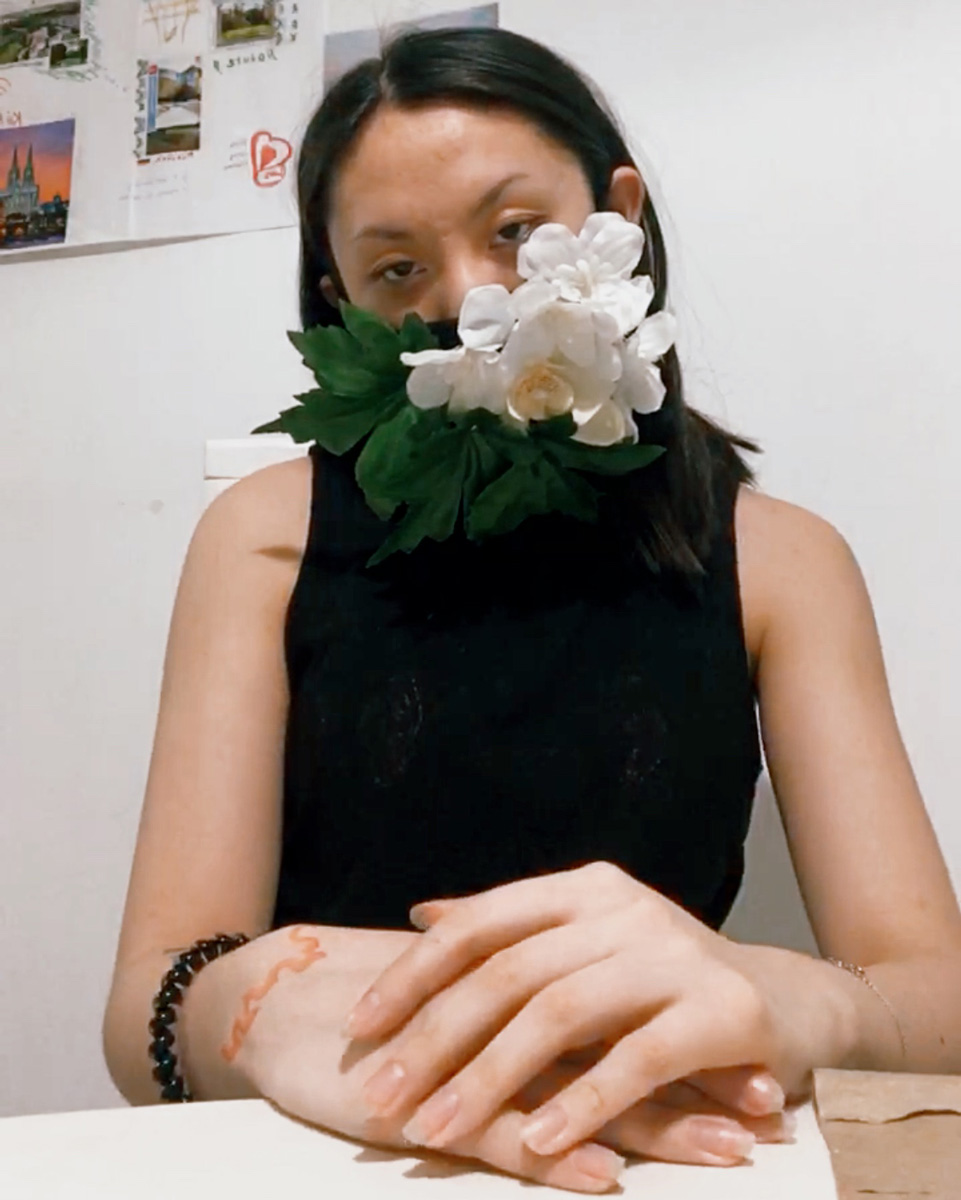
In Buryatia, it is believed that when a person is anxious or depressed, their soul is scared away, and a special ritual is needed to bring it back. Suy herself went through this shamanic treatment in an attempt to overcome depression two years ago — an experience she documented in her work, The Soul is Gone. Another item, The Malicious Tongues jacket, is a talisman of sorts, drawing on traditional symbols to act as a protective shield against the evils haunting her family.
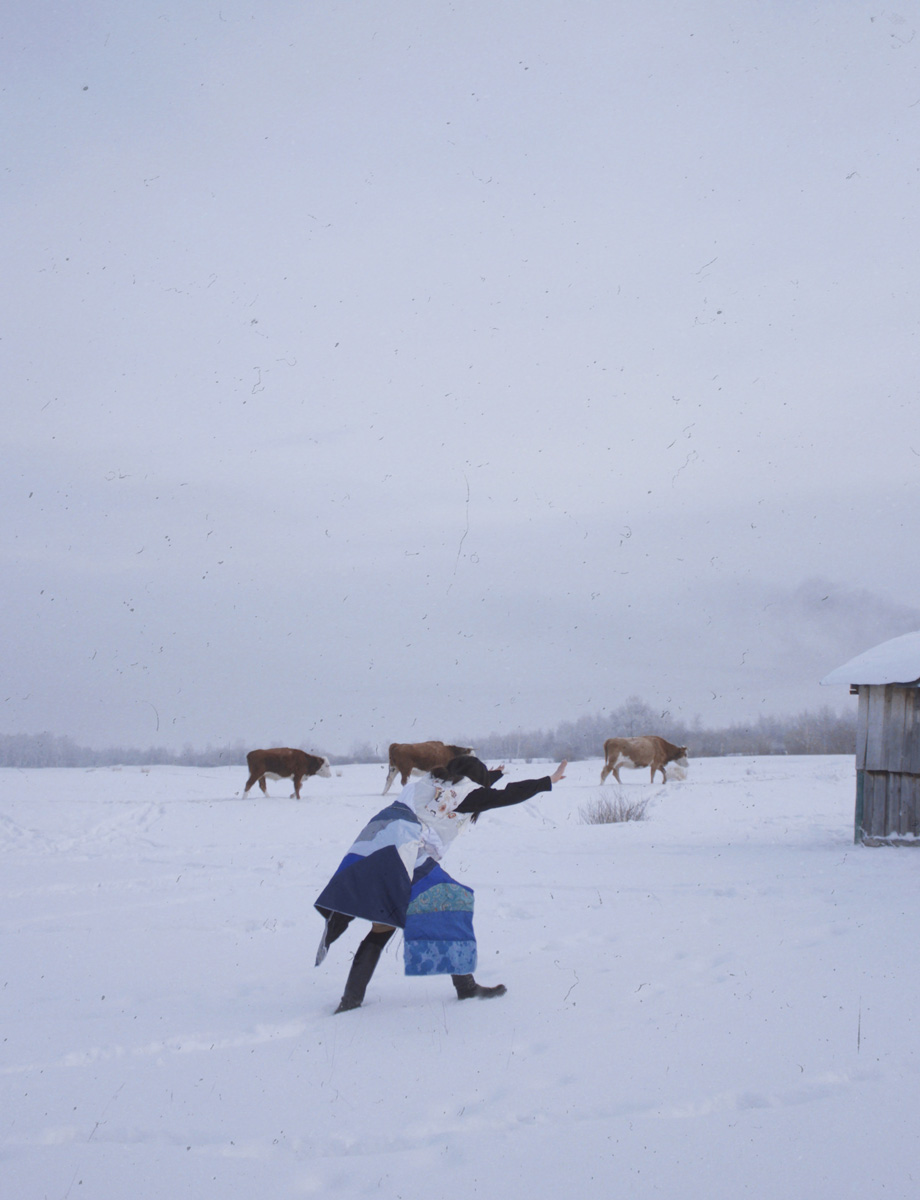
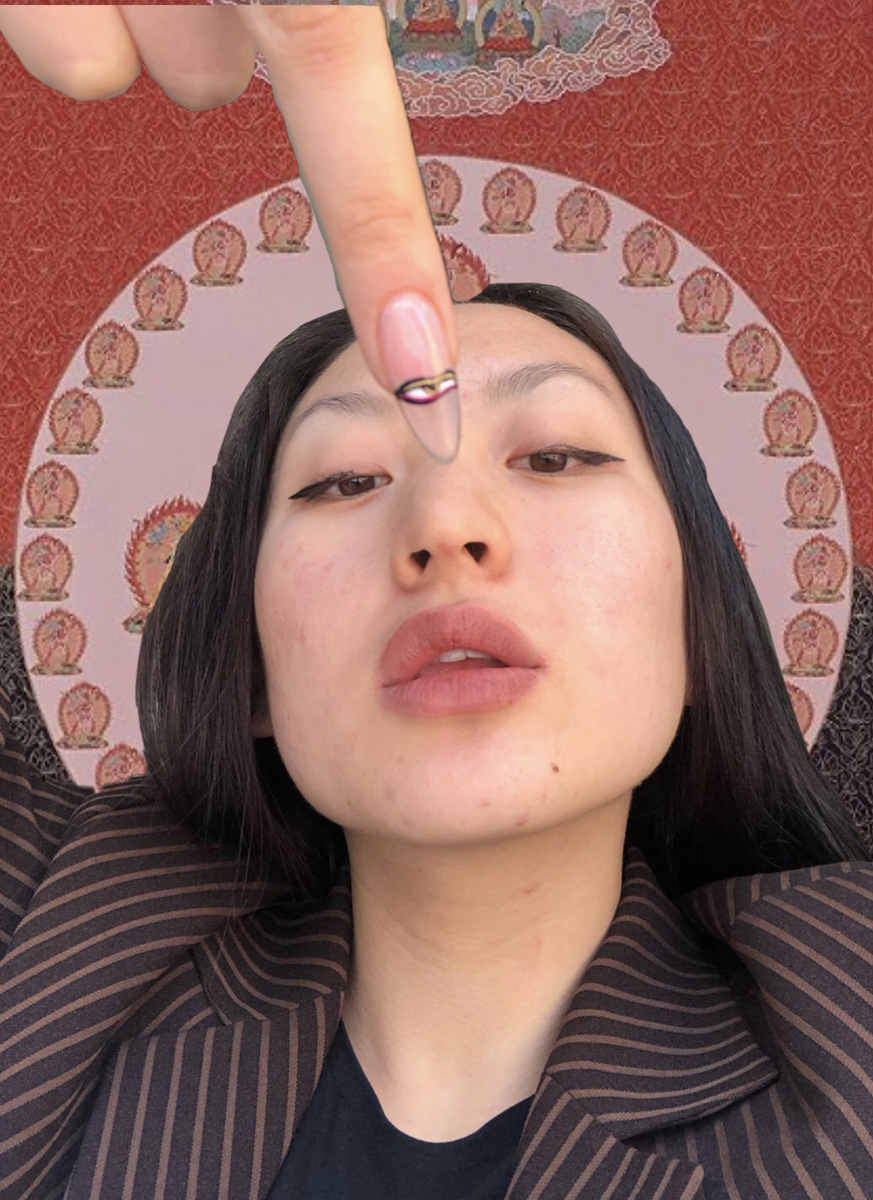
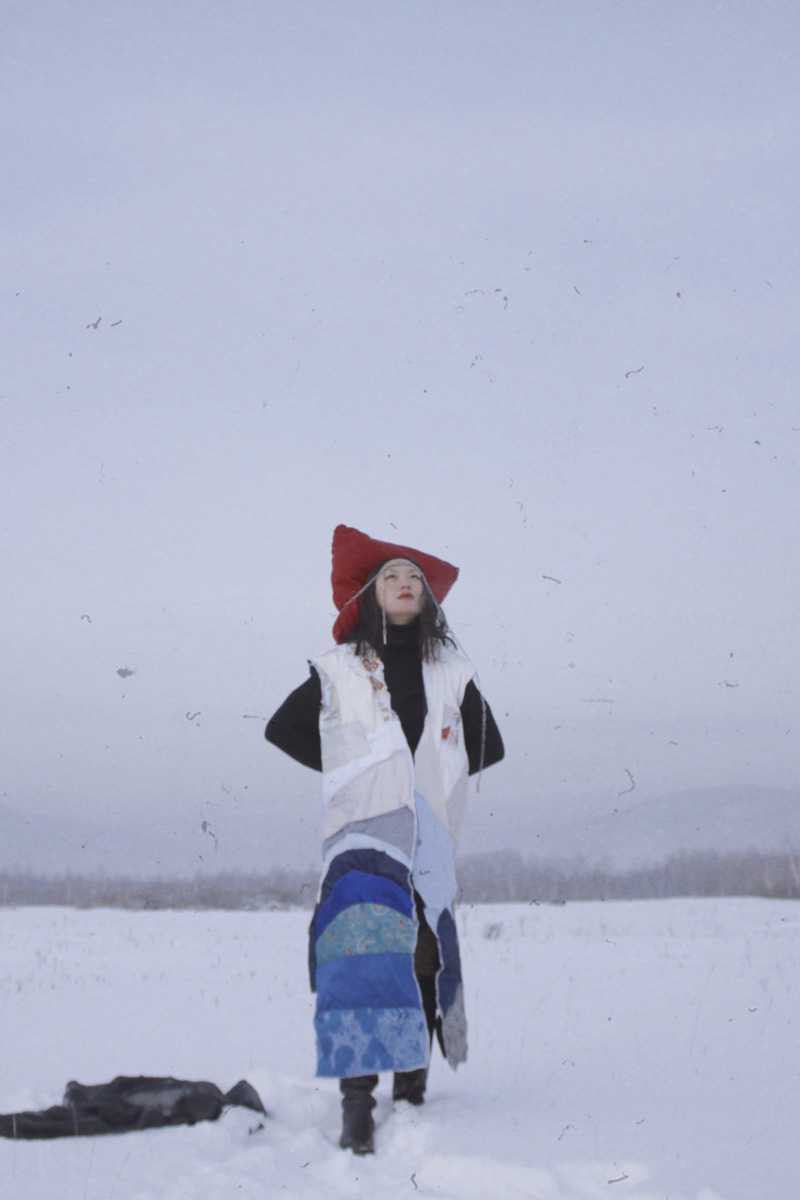
It is all part of the teenager’s wider spirituality. “I love visiting the datsuns [Buddist university monasteries]. The aesthetics, the rituals, the architecture, the presence of birds and animals; simply being in nature is soothing. You can join a collective prayer or build a Dalga pyramid, a traditional offering of sweets for Sagaalgan, the Buryat main holiday,” Suy says.
But Suy’s gentle spirituality can also bloom into a fiery protest, just as Buryat shamans will add vodka to their holy offerings (an act that Suy herself finds contradictory with Buddhism.) Such juxtapositions are characteristic to Suy’s own style too as she is seeking to balance the spiritual, natural, and the human worlds. In one of the kitsch photoshoots of her she appears in an Russian official’s office wearing a jacket emblazoned with DISCOMFORT jacket, or eating textbooks for Russia’s state exams in a performance to protest the system. (“I’m eating the system; the system is eating me,” she said.)
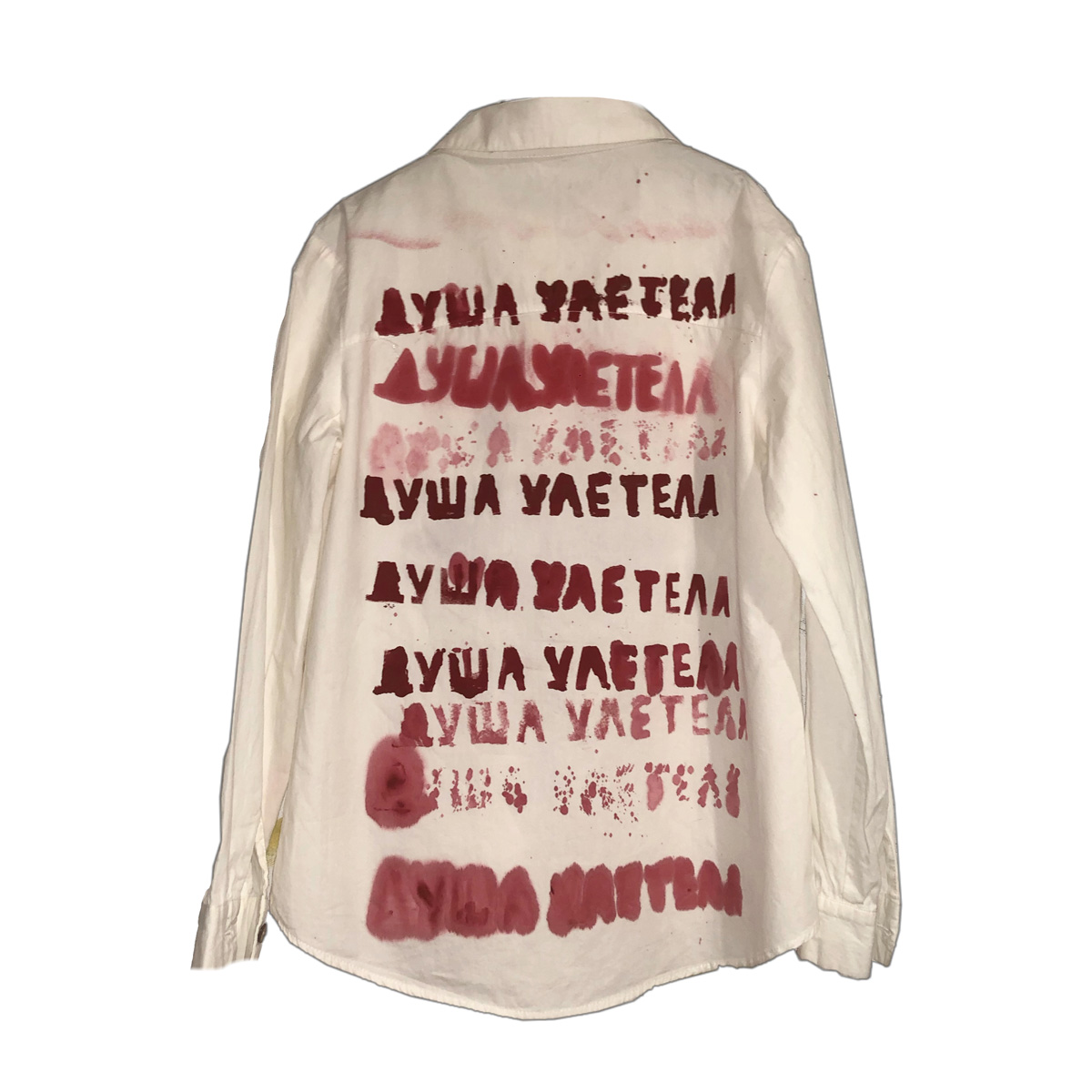
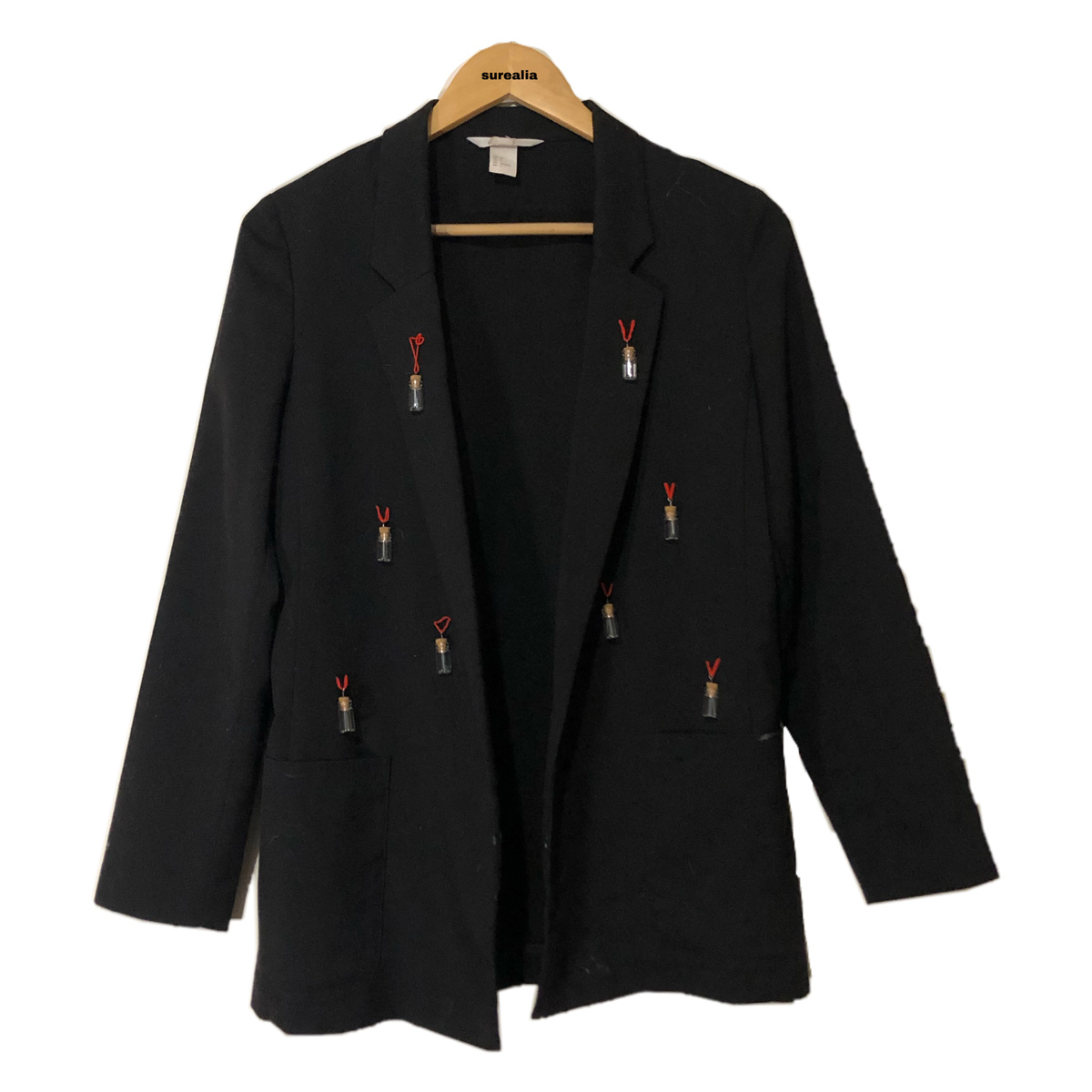
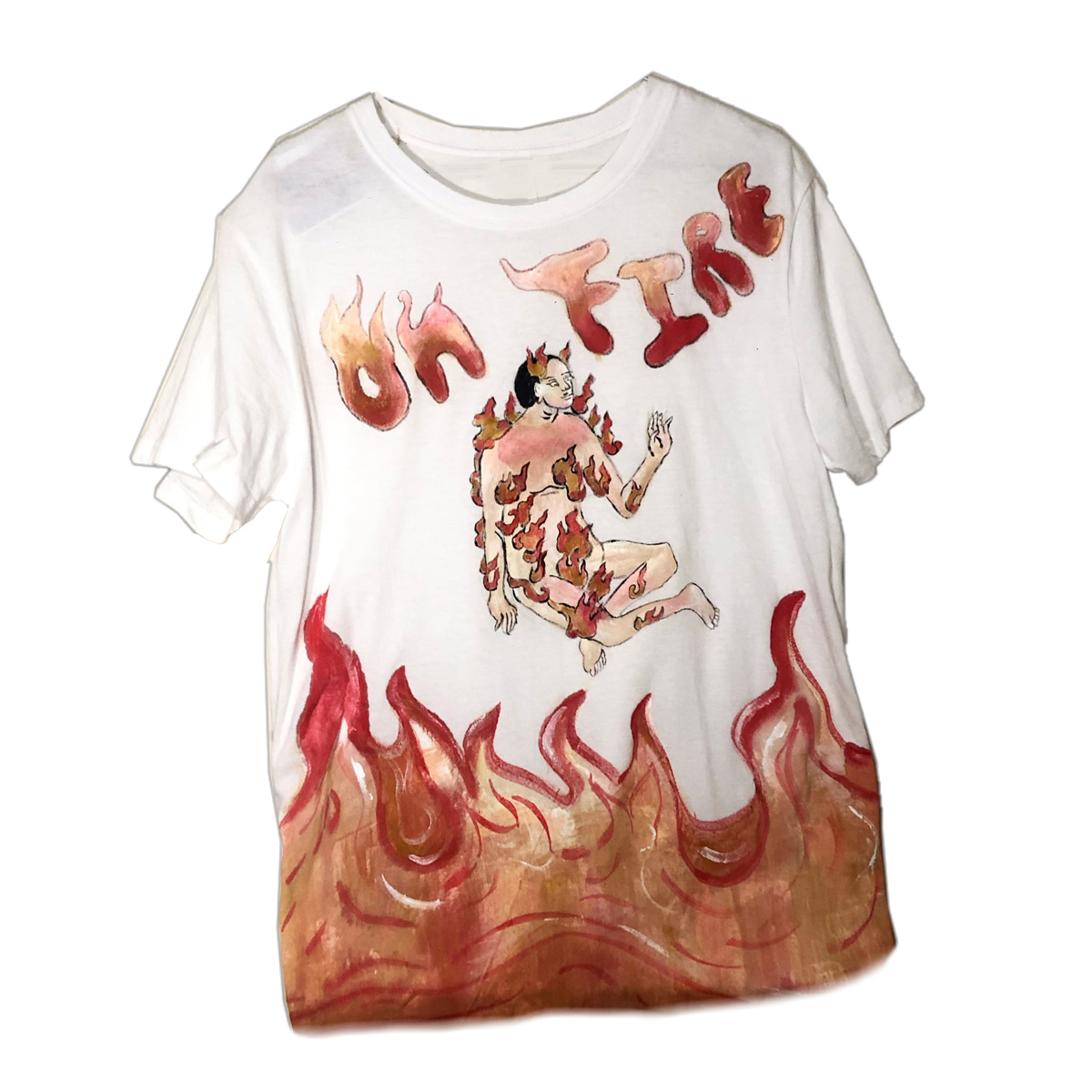
For the next few years, Suy will be based between Buryatia and Mongolia where she is currently studying design at the University of Ulan Bator. “I arrived in Mongolia almost by accident,” says Suy, “but I’m glad, because it’s similar to home in Ulan-Ude, except it’s bigger so there are more opportunities.”
There, she plans to continue weaving magic into the capitalist canvas, where mermaids evoke riots and prayers in the supermarket is a norm. “What I really like that the Mongolian people were able to save so much more or their culture during the Soviet era,” says Suy, “unlike us [in Buryatia].”